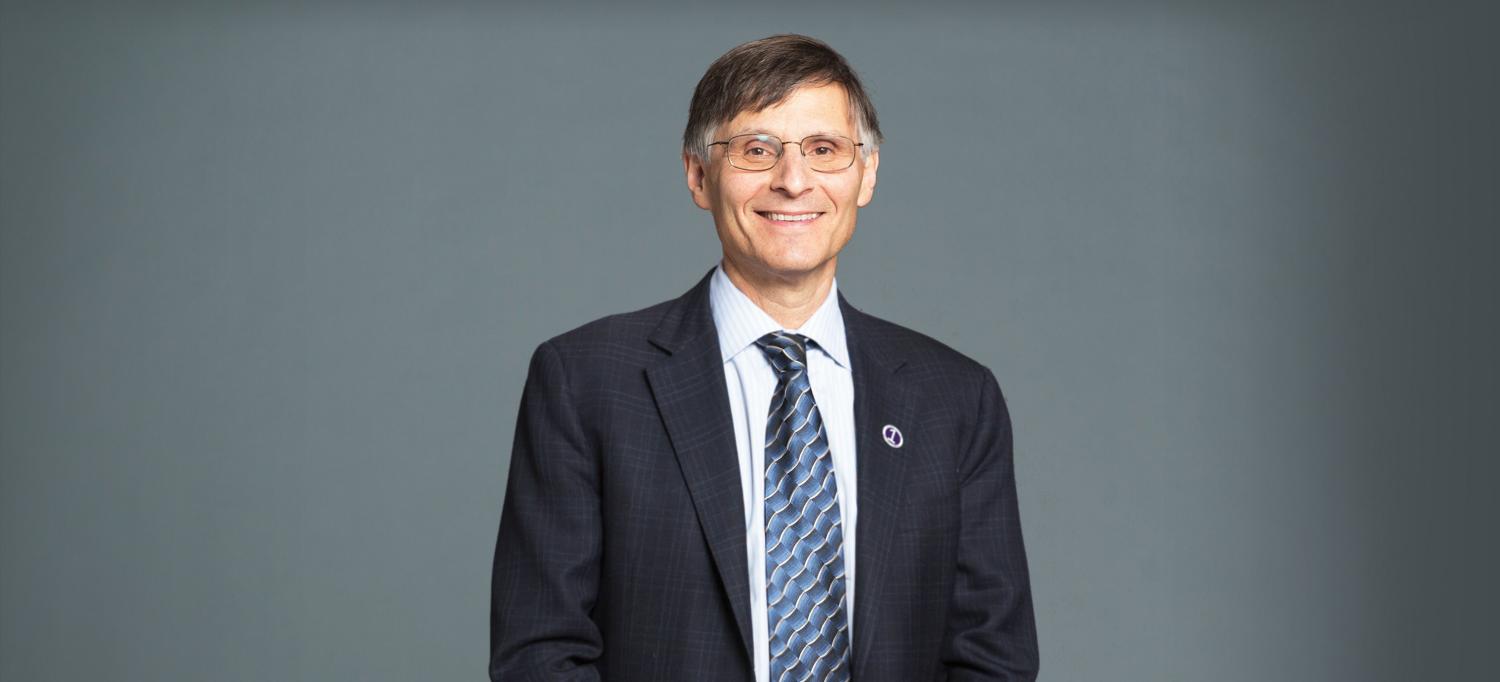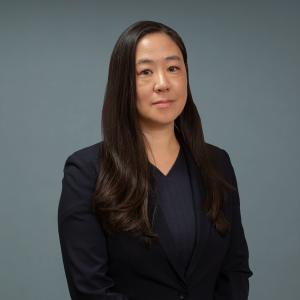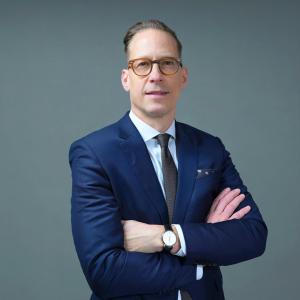Benjamin G. Neel, MD, PhD, Director of the Laura & Isaac Perlmutter Cancer Center, Reflects on the Challenges of Building a Leading Cancer Center

Dr. Benjamin Neel
Photo: Andrew Neary
Benjamin Neel, MD, PhD, a renowned physician, researcher, and administrator, joined the NYU Langone Medical Center community in early 2015 to lead its National Cancer Institute–designated cancer center. Before returning to New York, where he earned his MD and PhD degrees, he most recently served as director of the Ontario Cancer Institute at Princess Margaret Cancer Center, Canada’s largest cancer research center and part of University Health Network in Toronto, Ontario. Dr. Neel’s research focuses on cell signaling in cancer and developmental disease, functional genomics of breast cancer, and tumor-initiating cells in ovarian cancer.
We’re Almost 45 Years into the “War on Cancer.” Why Haven’t We Seen More Progress?
In President Nixon’s famous “war on cancer” speech, he used the analogy that if we could put a man on the moon in 10 years, we ought to be able to end cancer in our lifetime. That was a false analogy. The science behind putting a man on the moon was pretty much settled during Newton’s time, and the basic principles of rocketry were elucidated by Robert Goddard in the early 20th century. Going to the moon was “just” an engineering feat—an amazing engineering feat—but it didn’t require that much new science.
“It seems like everybody knows somebody who has cancer and that we’re not making any progress.
But, actually, we’ve made a lot of progress.”
It was a completely different situation for cancer back in 1971. We didn’t have a fundamental understanding of gene regulation. Since cancer is a disease of our genes, there was no rational way to approach cancer. Now, we have identified between 500 and 1,000 genes that, in various combinations, can cause different cancers, and we have a whole new set of weapons to turn against cancer cells. I understand the public’s frustration. It seems like everybody knows somebody who has cancer and that we’re not making any progress. But, actually, we’ve made a lot of progress.
But Much Less so Compared to Heart Disease. Is That a Fair Comparison? And Isn’t the Incidence of Cancer Actually Increasing?
It’s true that we are seeing an increase in absolute cancer incidence, but that’s because people are living longer—thanks largely to the success in treating heart disease. There’s actually been no increase in the age-adjusted incidence of cancer. Now, why are we so successful against heart disease? I don’t want to denigrate my cardiologist friends, but heart disease is not really as sophisticated a biological problem as cancer. Much of the fundamental biology was established in the mid to late ’70s. Decades later, we’re seeing the clinical applications of those insights. I think we’ll have the same lag between new discoveries in cancer and starting to see dramatic improvements in cancer therapy. That’s why were are now seeing the impact of major advances over the last 10 to 15 years, and these will accelerate over the next 10 to 20 years.
Prevention Has Had a Major Impact on Heart Disease. Does Prevention Play a Similar Role in Cancer?
The same measures that help prevent heart disease could also have a huge impact on cancer. People shouldn’t smoke, they should exercise, and most important of all, they should maintain an appropriate weight. Obesity is now passing smoking as the number one risk factor for cancer. We could prevent probably up to 60 percent of all cancers today if people just applied what we already know about prevention.
As a Cancer Researcher, Are You More or Less Fearful of Cancer Than the Average Person?
I’m neurotic, so maybe more! But I probably have more confidence in how preventive steps can mitigate cancer and other diseases. I try to practice what I preach, although I’ve been very bad at going to the gym recently.
What Are the Most Promising Cancer Therapies?
One is immunotherapy. The results can be so impressive because you’re pitting one evolutionary system, the immune system, against another, the tumor. Another promising area is epigenetic therapy. If we can figure out how to tweak the epigenetic, or regulatory, state of a cell, we should be able to convert the cell into a state that will not be susceptible to the underlying genetic mutations that are driving the cancer.
What’s Your Vision for the Perlmutter Cancer Center?
My vision is to create a world-class academic cancer center. That includes offering a wide range of state-of-the-art clinical trials, where we get drugs to patients earlier than they would be available through the regular approval process. For many of our patients—namely, those who have few therapeutic options—the best medicine is a clinical trial. If any of my family members or friends had cancer, I would insist that they were treated at an academic medical center, with access to the latest therapies, including experimental treatments. That means bolstering our basic research, our clinical trials capability, and the number of high-level clinical investigators.
How Are You Promoting More Interaction between Scientists and Clinicians?
One of my roles is to be the Cancer Center matchmaker. We’ve started a weekly faculty lunch that has either a basic scientist or a clinician talking about a research problem or a disease of interest. Second, we’ve started an off-site retreat, a more formal place where people can interact. Some collaborations have already come out of this. For example, at a recent faculty lunch, one of our best immunologists, Dan Littman [the Helen L. and Martin S. Kimmel Professor of Molecular Immunology, a professor of pathology and microbiology, and a faculty member in the Molecular Pathogenesis Program in the Skirball Institute of Biomolecular Medicine], mentioned his research into mycobacteria, which cause tuberculosis, and the type of immune response they provoke. Later, I realized that this could be how a vaccine for TB, called BCG, works as a therapy for noninvasive bladder cancer. Nobody really understands this. But it’s important to know, because if we can determine what antigen is provoking the response and the cells that are responding, we might be able to develop a new treatment for invasive bladder cancer. One of our urologists is now exploring this idea with Dr. Littman.
For a Number of Cancers, Especially Early Prostate Cancer, There’s Confusion among Patients as to the Best Clinical Approach. Any Words of Wisdom?
This is a very difficult area, obviously. It comes down to undertreating versus overtreating. For low-grade prostate cancer, there’s a lot of evidence that watchful waiting is better than interventional strategies because of the risk of impotence and incontinence. That said, many men can’t stay on a watchful-waiting protocol, knowing they have a cancer growing inside them. This is actually our problem, a scientific problem. We should be able to define which tumors are the bad actors and which ones aren’t in a more sophisticated way. Meanwhile, the best advice I can give is to get a couple of opinions, find a doctor you have confidence in, and then decide.
Did Cancer Have Anything to Do with Your Choice of Profession?
There are very few people who haven’t been affected by cancer. For me, it was my grandmother. I was very close to her. She died, most probably, of primary lung cancer. At the time, there were no treatments for her disease. Yet we now know that as a nonsmoker, she probably had one of the forms of lung cancer caused by specific mutations that can be targeted with some of our new anticancer drugs. I decided to do cancer research based on her experience.

